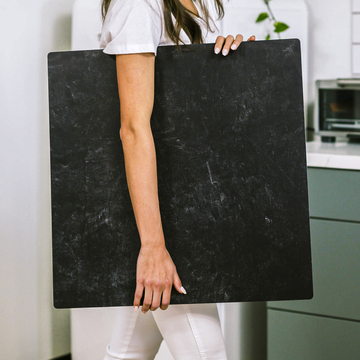Have you ever wondered why some product photos seem to leap off the screen while others fall flat? The secret lies not in expensive gear or fancy post-processing - it's in understanding how light dances with surfaces. As a product photographer with over a decade of experience, I'm excited to share insights that will transform how you approach surface photography.
The Invisible World Beneath Our Lens
Here's something fascinating: every surface you photograph, even those appearing perfectly smooth to the naked eye, contains an intricate microscopic landscape. Think of it as a tiny mountain range that plays a crucial role in how your subjects appear in photos. This micro-surface architecture is your silent partner in creating stunning images.
Understanding Light Interaction
When light hits these microscopic peaks and valleys, magic happens. Some light bounces off immediately (that's your specular reflection - think shine on a ceramic vase), while some light scatters (creating that soft, diffused look you might see on matte paper). Understanding this interaction is like having a superpower in product photography.
The Fresnel Effect: Your Secret Weapon
Let me share a pro secret: the Fresnel Effect. No, it's not a new Instagram filter - it's a phenomenon where reflection intensity changes based on viewing angle. Ever noticed how the edge of a glass appears brighter than its center? That's the Fresnel Effect in action.
Material-Specific Techniques
-
Metallic Surfaces:
- Use small, controlled light sources
- Pay attention to reflection angles
- Consider using polarizing filters
-
Fabrics:
- Embrace raking light to emphasize texture
- Use larger light sources
- Watch for unwanted shadows in folds
-
Glass:
- Balance reflection and transparency
- Use black and white cards strategically
- Consider double-exposure techniques
Practical Exercise
Ready to put theory into practice? Try this simple exercise: Select a single object and photograph it under three different lighting conditions:
- Direct, harsh lighting
- Soft, diffused lighting
- Raking light from the side
Compare the results and note how surface characteristics change under each lighting scenario. This hands-on experience will teach you more than any technical manual ever could.
Final Thoughts
Remember, exceptional surface photography isn't just about having the right equipment - it's about understanding these fundamental interactions between light and matter. Once you grasp these concepts, you'll start seeing everyday objects in a new light (pun intended!). Start paying attention to how light interacts with different surfaces in your daily life, and watch your photography transform.


